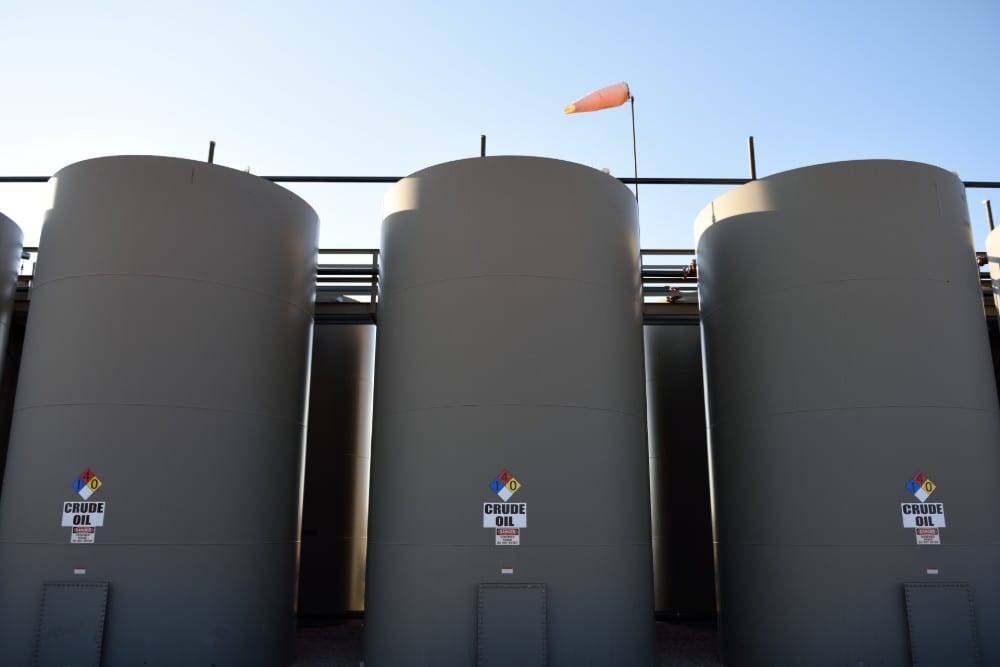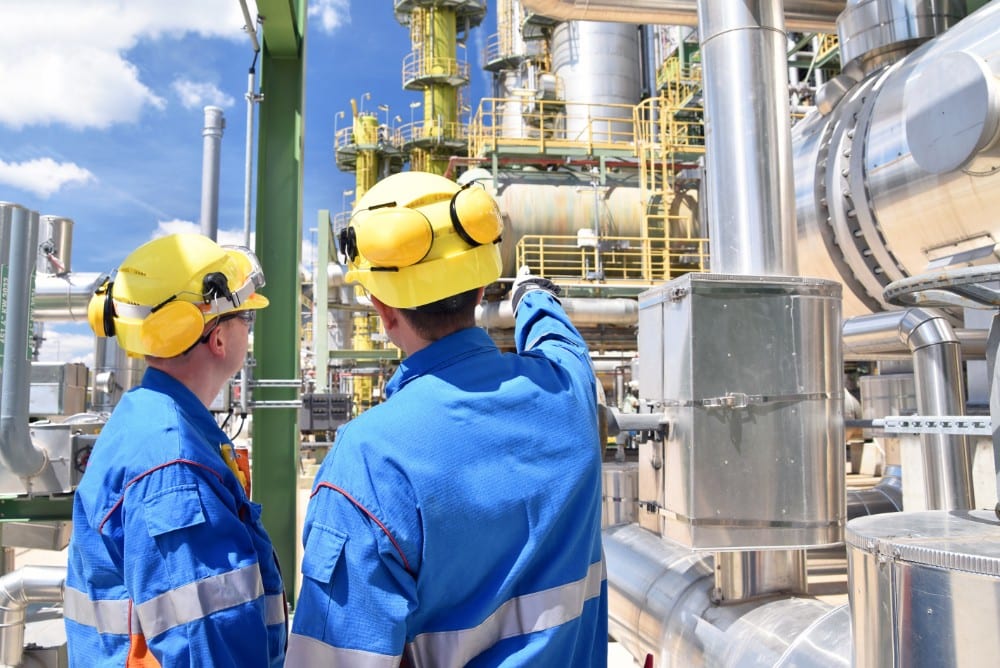Industries That Can Benefit From Robotic Tank Cleaning
Welcome to the future. It’s 2020, and leading companies have declared that all confined space entry should be eliminated by the year 2025. The technology is available, and there’s no longer any reason to continue putting workers’ lives at risk. If you’re managing a plant with aboveground tanks that require regular cleaning, and the processes at your plant haven’t been updated in decades, the time has come for a change.
Robotic cleaning is an industry that has come into its own, and it’s a process that could soon be mandated by law. Not only is it much safer for the workers involved, it’s significantly more efficient and effective than cleaning crews.
Industries That Can Benefit From Robotic Tank Cleaning
Confined space entry is responsible for one of the highest work-related injury and death rates in the country. Tragically, more than half of deaths related to confined space entry occur during attempted rescue procedures, as fellow workers rush to help their friends. Toxic, flammable or asphyxiating gasses are often to blame for these injuries and deaths.
With confined spaces, it’s easy to get exposed to hazardous fumes that inexperienced workers may not expect. It’s even possible for gasses like carbon monoxide to stay stationary within a confined space, or for certain gasses to float above or sink below a layer of breathable air.
Gasses aren’t the only hazard, though. Storage tanks feature their own specific dangers. While others can have a layer of sludge or sediment at the bottom, they also become dangerously hot, especially during cleaning. Even slips and falls can be more dangerous than usual in confined spaces with limited access. Confined space entry isn’t the kind of work where one can gain experience through trial and error. A worker’s first mistake is often their last.

Robotic cleaning eliminates these hazards for your workers. And it’s for more than just the chemical and petrochemical industries. Any industry that uses storage tanks should be transitioning to robotic tank cleaning.
- Oil & Gas
- Chemical Production and Distribution
- Transportation (including tanks in train cars, tanker trucks, and ships)
- Manufacturing
- Utilities
- Printing
- Pulp and Paper
- Agriculture
- Pharmaceuticals
- Distilleries
Are you still wasting time and money on conventional tank cleaning?
See how your plant could be running more efficiently with robotic tank cleaning. View
Benefits of Robotic Tank Cleaning
Establishes Your Company as an Industry Leader
Transitioning to robotic tank cleaning now instead of later will help establish your company as a leader in your industry. With robotics making huge strides, robotic tank cleaning is sure to replace cleaning crews by the end of the decade.
By that time, it’s likely that OSHA will mandate that people shouldn’t risk their lives where jobs can be done safely by machines. You can help your company to make this transition smoothly, potentially saving lives along the way. In the process, you’ll win the respect of your employees and the general public with your commitment to a safer workplace. You’ll also be set up to reap the time and money savings involved in robotic cleaning before your competition.
A commitment to top-level safety is also a great way to attract the best talent in your industry. The top talent of this generation have a lot of options and expect to work for companies that have their best interests at heart. Taking a proactive stance on worker safety and employing the latest technologies makes your company that much more attractive.
 Improved Employee Safety
Improved Employee Safety
Industrial employees already deal with a higher than average level of risk in their everyday work. Entering confined spaces greatly increases that risk. Properly trained employees in control of robots never need to enter tanks during the process of cleaning – control of the robot takes place in a nearby control center. When employees remain outside the tank, the chance of injury or death is eliminated.
Obviously, those saved lives are the main benefit, but consider the savings on costs as well. If you’re sending employees into a dangerous area on a regular basis, even the best-trained crews are going to make a mistake eventually. The costs of lawsuits and settlements that will result from an injury or death have to be considered an eventual part of the price of working with cleaning crews.
Cost Savings on Tank Cleaning Projects
Robotic tank cleaning is accomplished much faster than with cleaning crews. These time savings are multiplicative. Employees involved in cleaning are back to their other tasks that much quicker, equipment downtime is seriously reduced, and any delays that add up during the long process of working with cleaning crews are reduced to a minimum. Cleaning can be scheduled and completed on a more reliable basis. Since machine cleaning is more thorough, potential human error and the time taken to fix mistakes is significantly reduced. With robotic tank cleaning, you can expect to get the job done right the first time.
Time is money, and all of these time savings translate to money saved or earned. Tanks that are out of use are costing your business money. Employees that spend less time cleaning and more time with their other responsibilities save money on your payroll.
While investing in a robotic cleaning system for your company can represent a large upfront cost, contracting with a quality service provider is an increasingly popular option. Working with a leading contractor also allows you to take advantage of improved technology as it comes out, instead of waiting out the lifecycle of a cleaning system that was purchased to reduce costs.
It’s inevitable that dangerous confined space work will be taken over by robots in the coming years. The question is whether your company will be ahead of the curve or have to scramble to catch up with OSHA regulations. Saving lives is important and so is your bottom line. Consider all of the factors; the expense of potential injuries, the time costs of human errors, the expense of your equipment lying unused. Are you leaving money on the table? Are you ready to make the switch?





